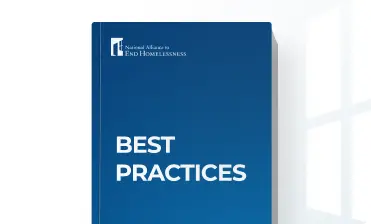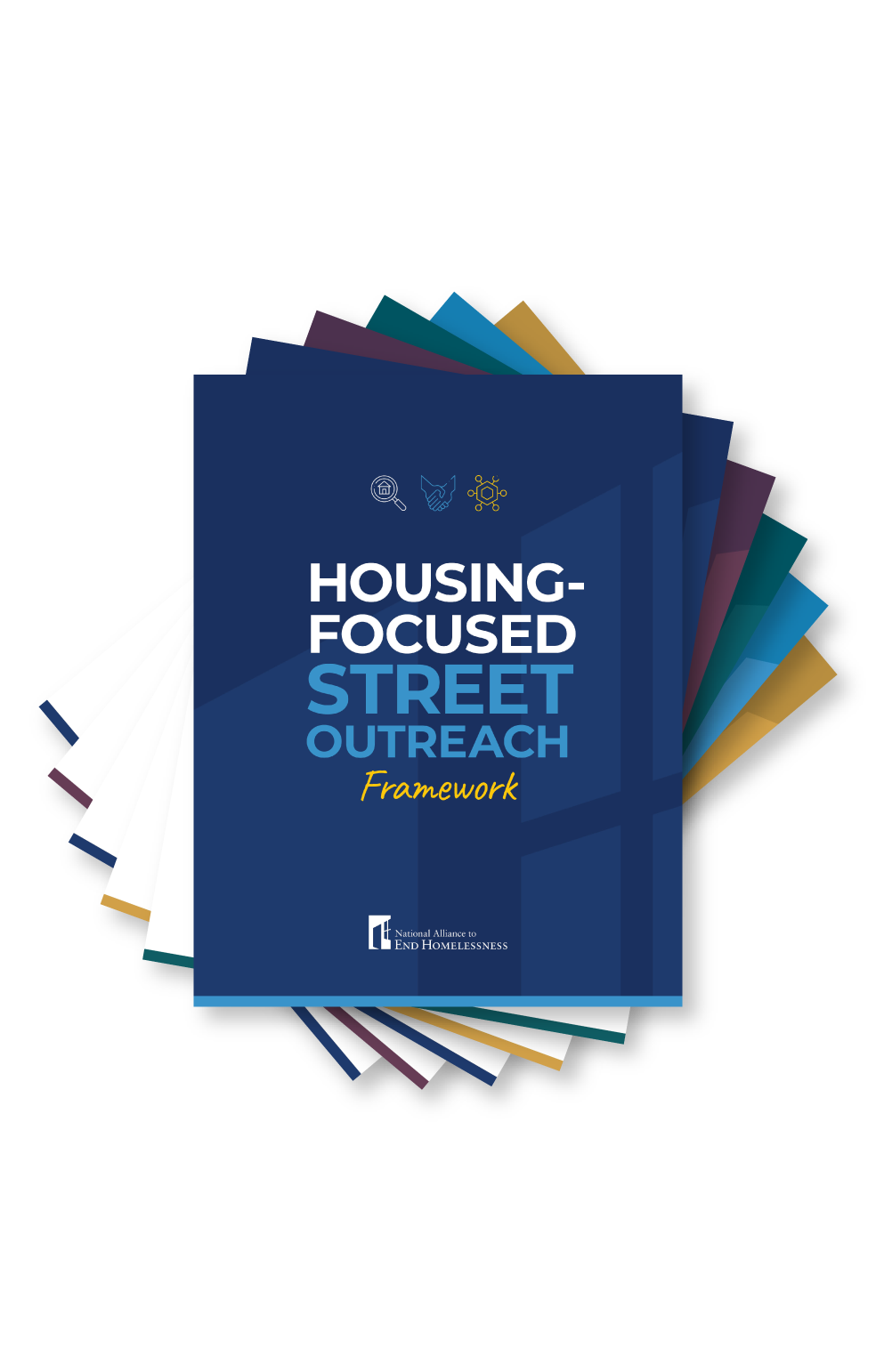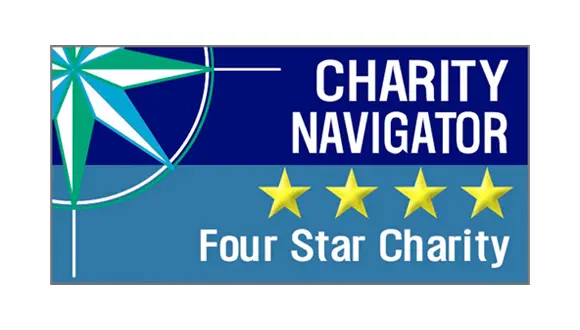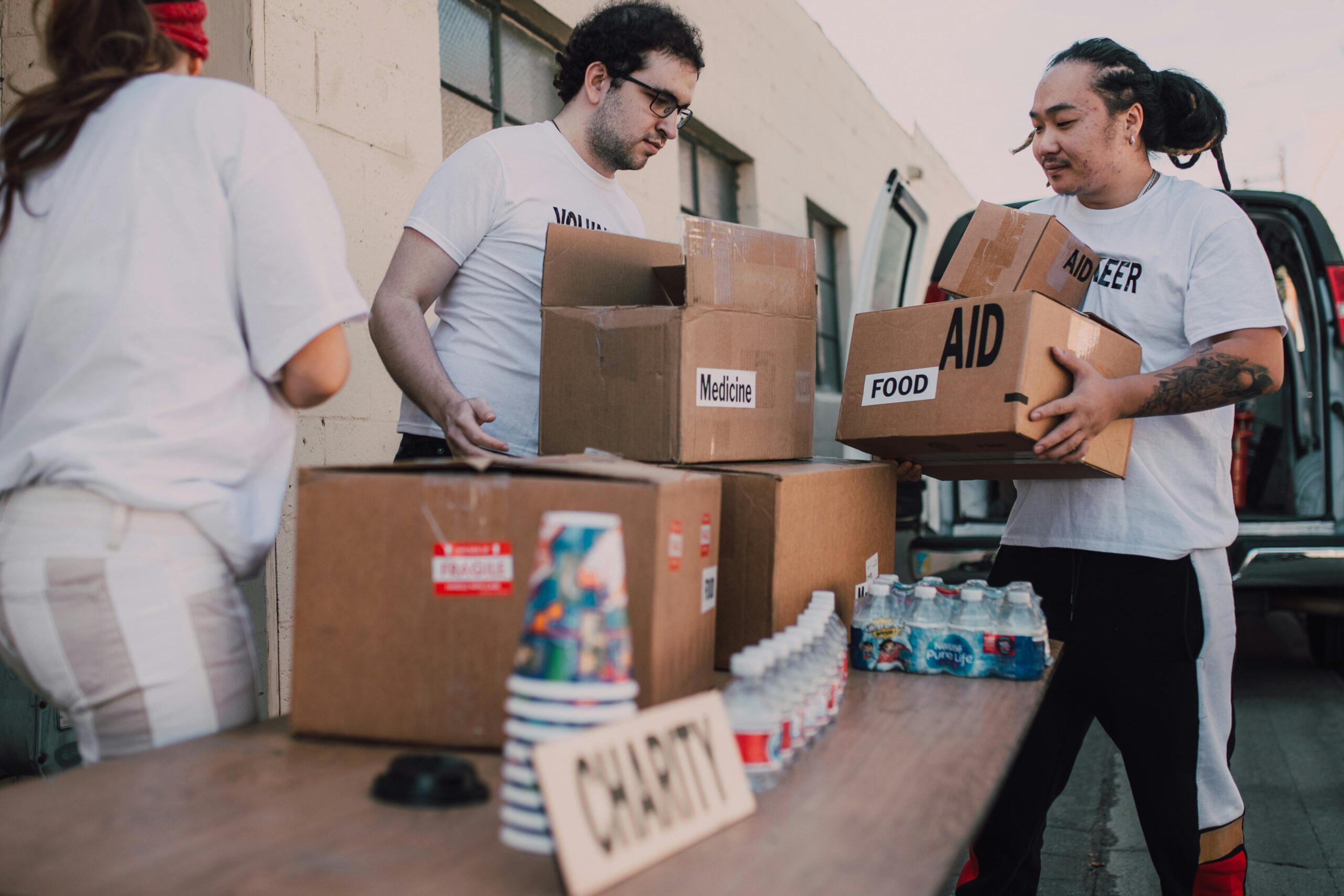Following the federal grant/loan pause by the Trump Administration in early 2025, the Alliance urged communities to conduct an impact analysis and needs assessment of federal funding that supports efforts to prevent and end homelessness.
Based on our analysis of changes to the FY2025 Continuum of Care (CoC) Program’s Notice of Funding Opportunity (NOFO) and all other changes to federal safety net programs, now is the time for communities to have contingency planning conversations.
Understanding the Impact
The impact of this NOFO will undoubtedly cause further disproportionate harm to certain groups. We know that an individual’s background (including disability, race, gender identity, age, or location) can negatively influence their access to stable housing. Ending homelessness comprehensively requires addressing and reducing these inequities in local planning efforts: by making services more responsive to diverse community needs, and by centering the experience, concerns, and ideas of people with living and lived experience of homelessness.
Resources to Help You Plan
The Alliance has partnered with Canavan Associates and Darlene Mathews, Inc. to provide communities with a three-part contingency planning toolkit as they navigate difficult decisions that lie ahead. Understanding impact is essential to contingency planning; this toolkit will focus on gauging and preparing for community-wide disruptions to housing and shelter.
The toolkit will include:
- A Community Impact Assessment Survey Template to create and maintain shared community impact awareness of the broader social safety net in your community. This template can be customized to meet local needs and can easily be uploaded into electronic format.
- A Decision Support Tool to build on your community’s Impact Assessment and to plan with partners to minimize harm from sudden funding cuts. This tool will help communities to understand the ways that vulnerable households use community supports to help prioritize resources and create strategies to protect safety net systems.
- The third and final part, a Checklist of Considerations for Projects, is focused at the project-level for service providers and will be released in early 2026.
This toolkit will help communities have an informed, accurate conversation with community partners who will also be impacted. Toolkit materials will help prepare communities to have an informed and productive dialogue focused on the entire safety net adjacent to or integrated with housing (e.g., behavioral and physical health, food stability, public safety, education, and others). Please be sure to register for an upcoming webinar (12/2) on the Contingency Planning Toolkit to explore these materials in greater detail.
In the same way that communities can’t fully prepare for the impacts of a natural disaster, we can’t fully know what the impacts of this man-made one will be. But by making contingency plans, we can be as equipped as possible to handle the events coming our way.
Stay Updated: Solutions, Stories, and Ways to Make an Impact
Sign up to receive updates on the Alliance’s work, including the latest research, advocacy efforts, and real stories of progress — plus ways you can help drive lasting change.














